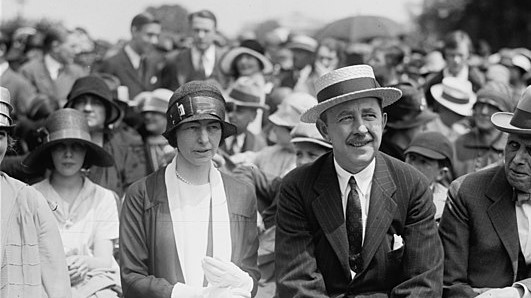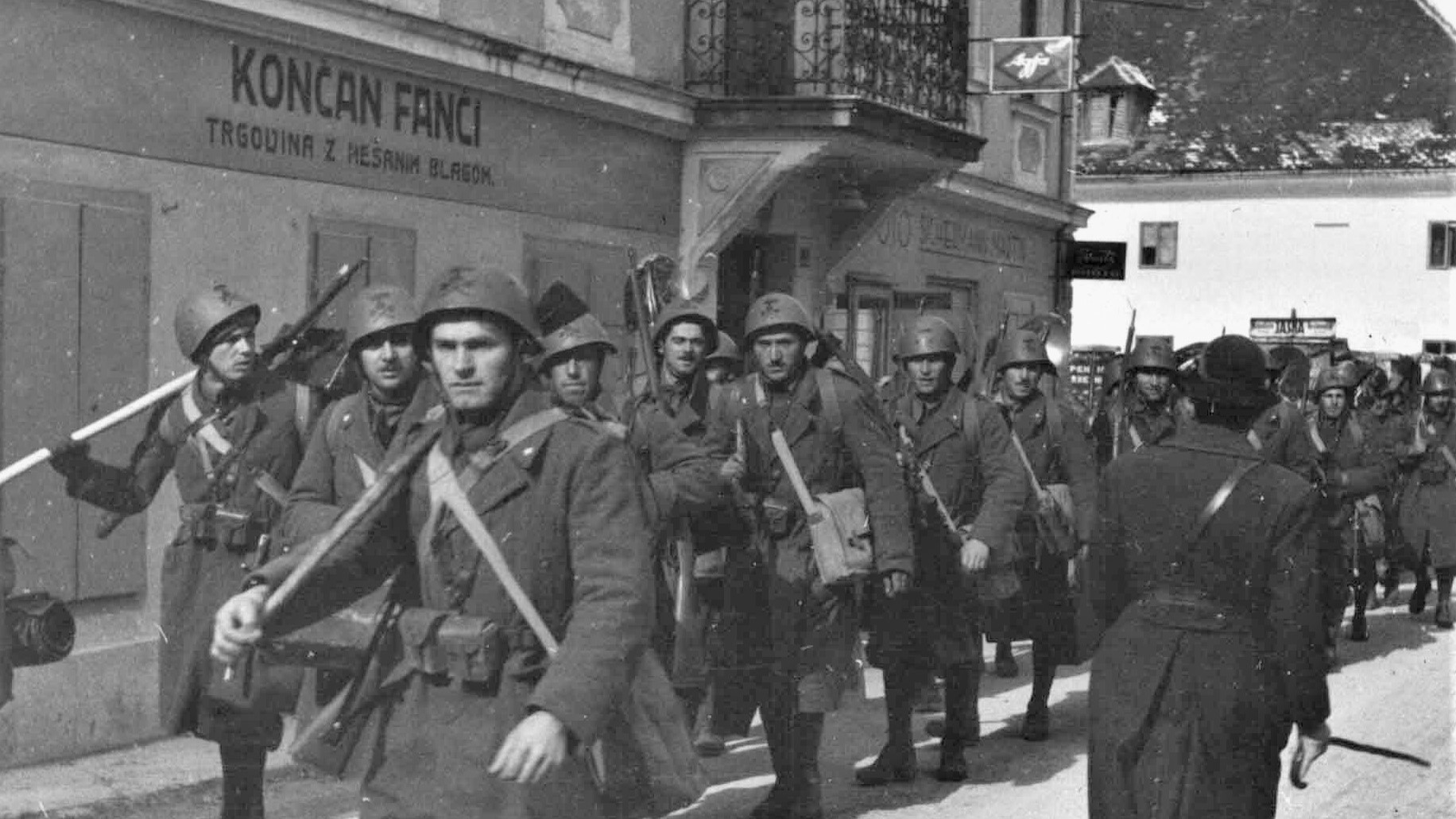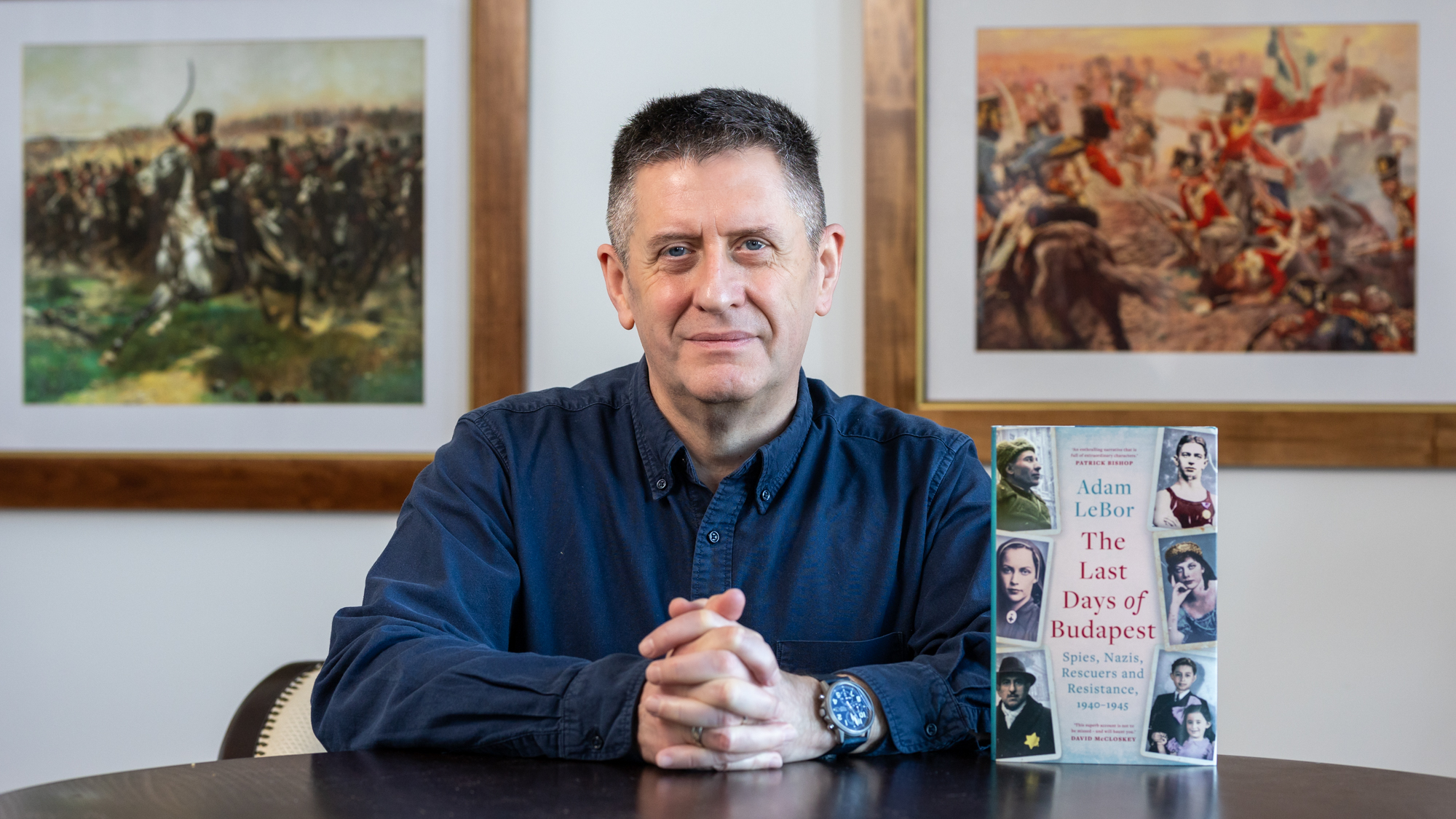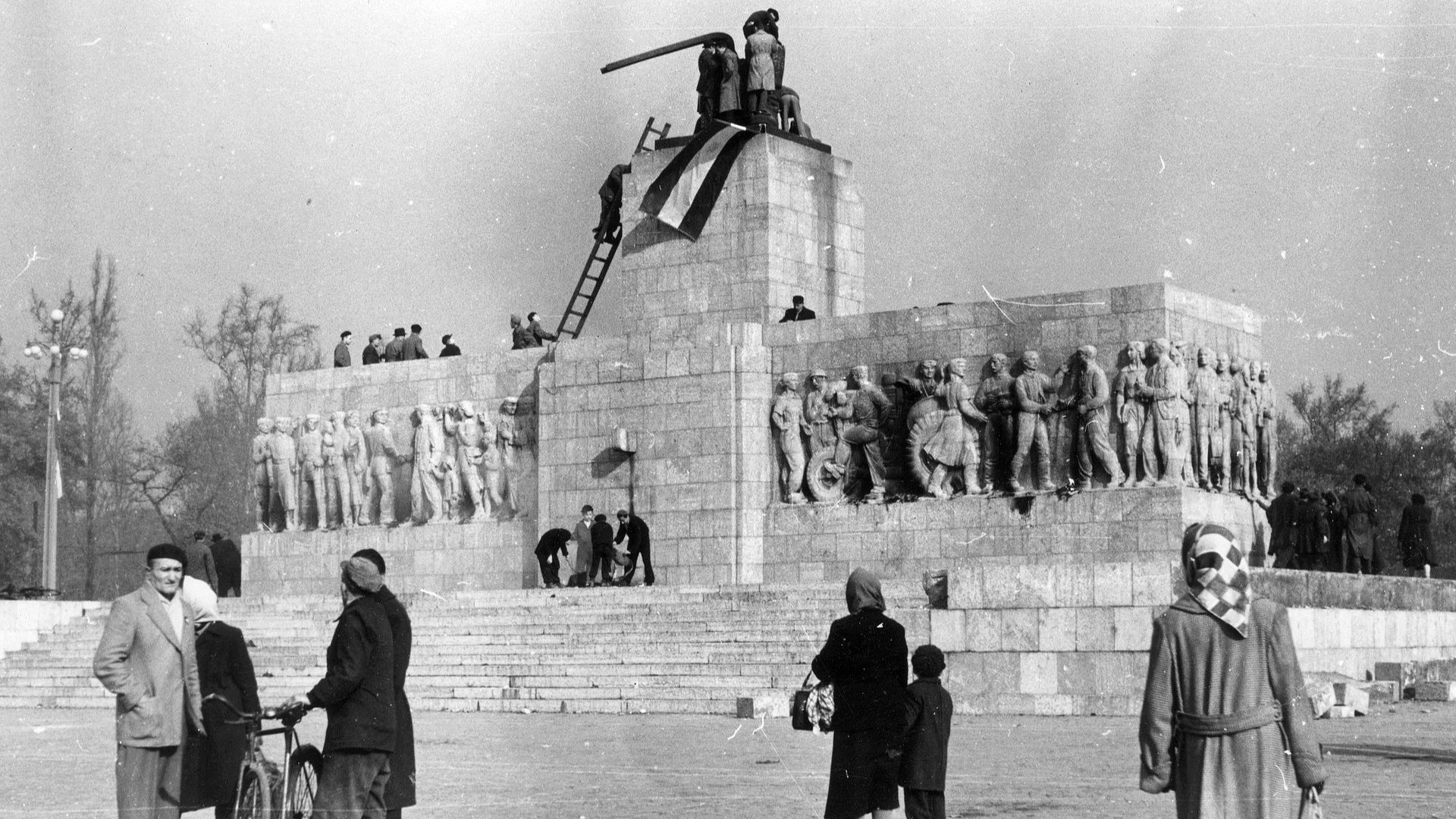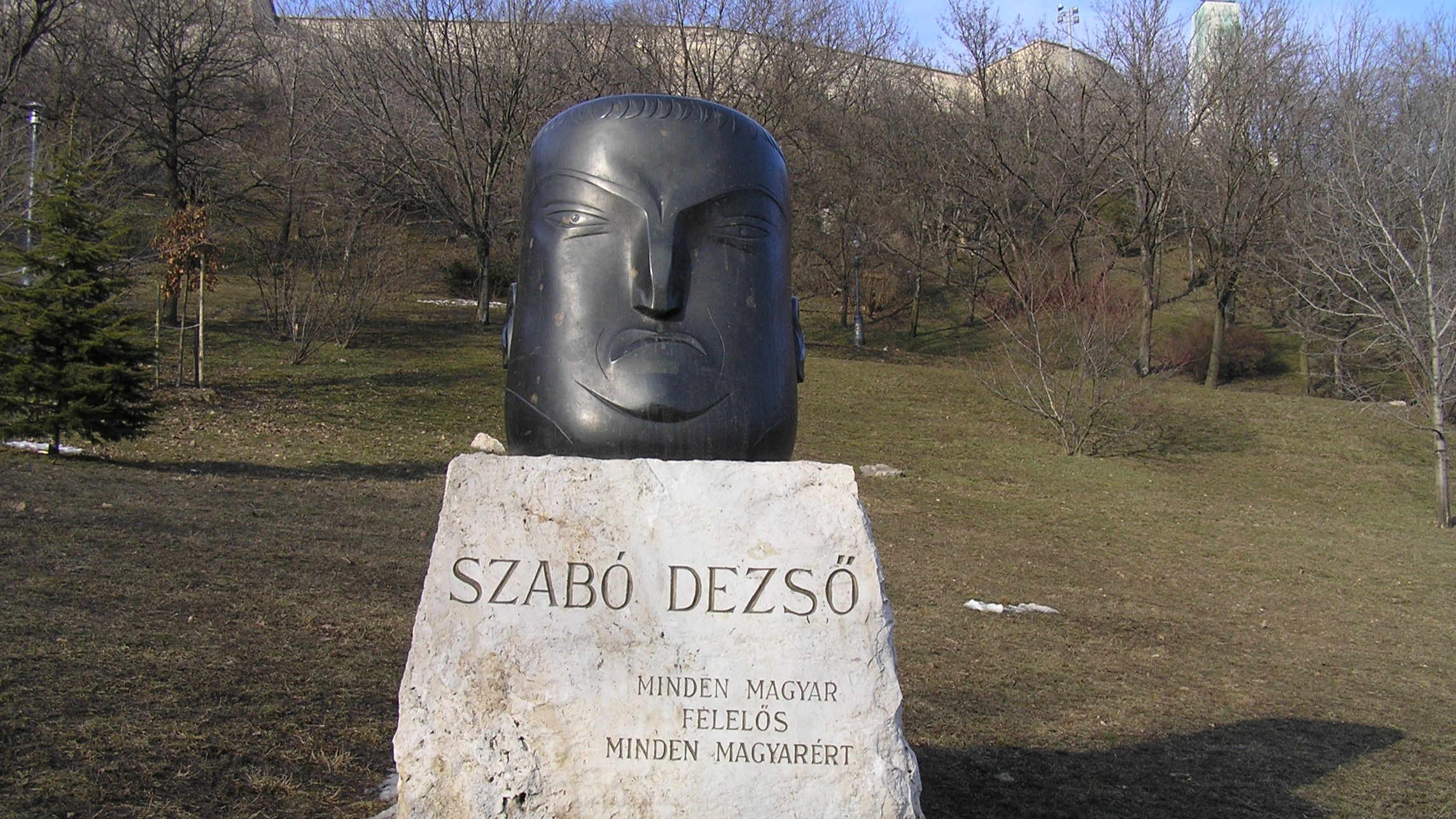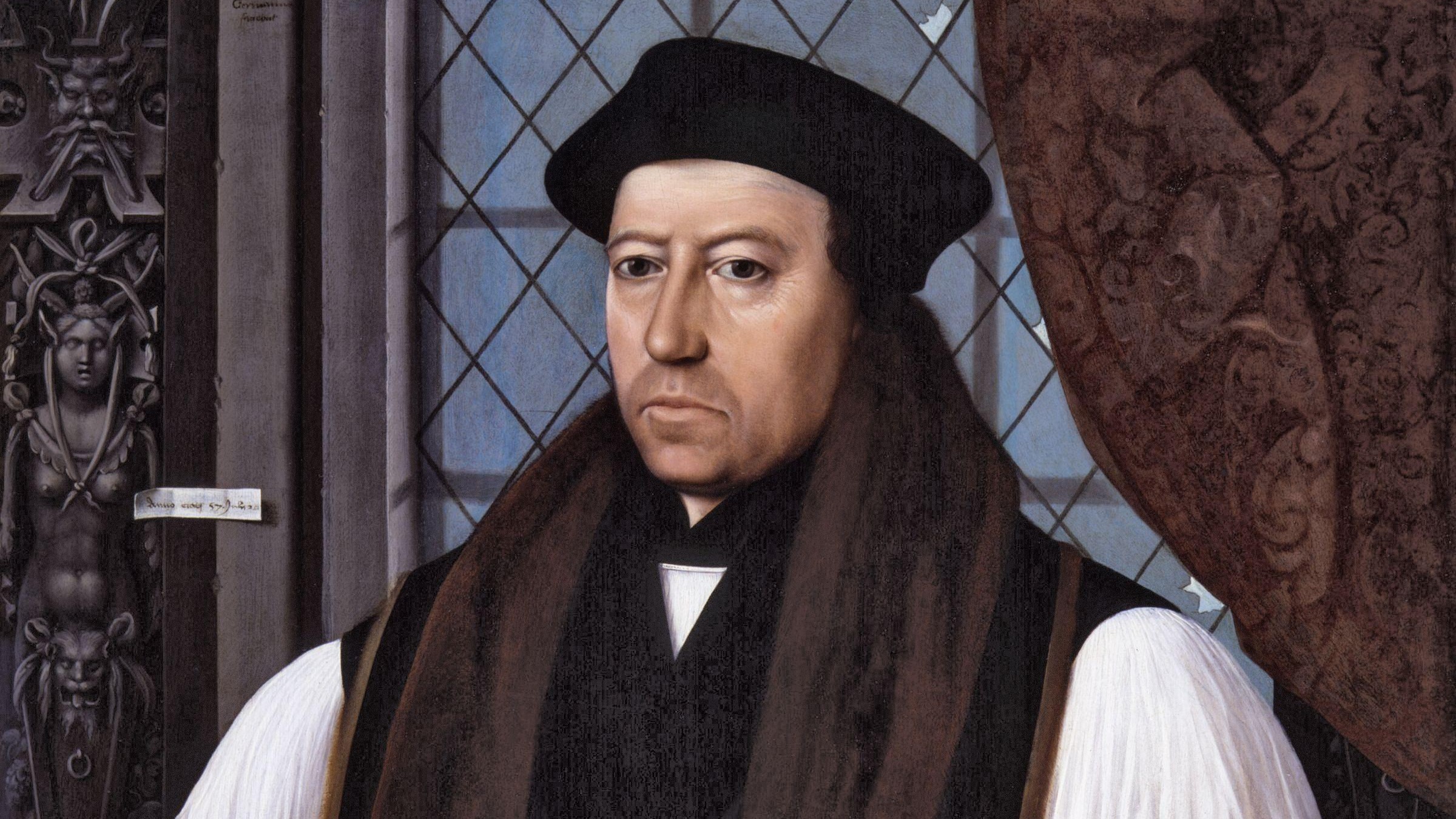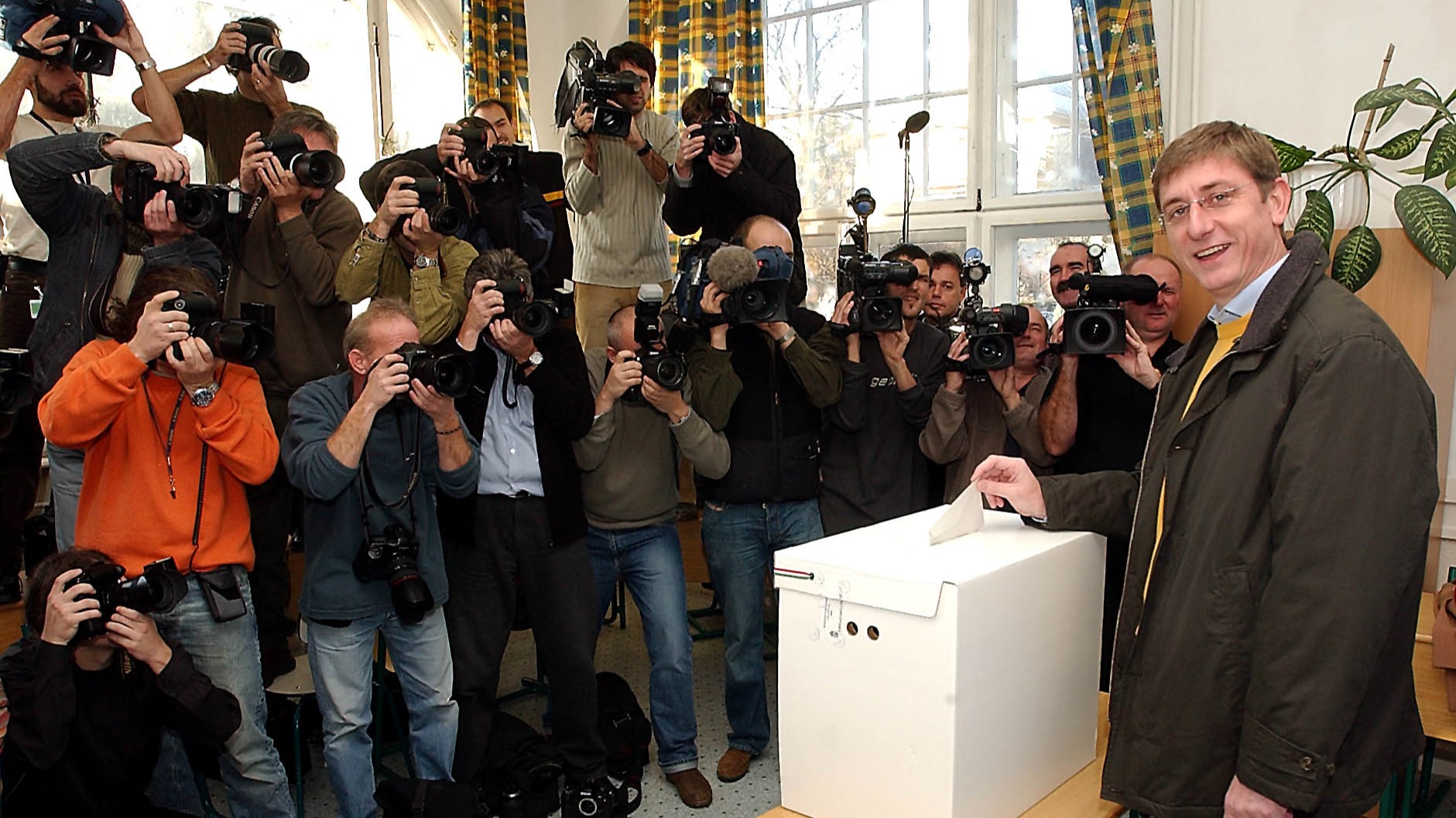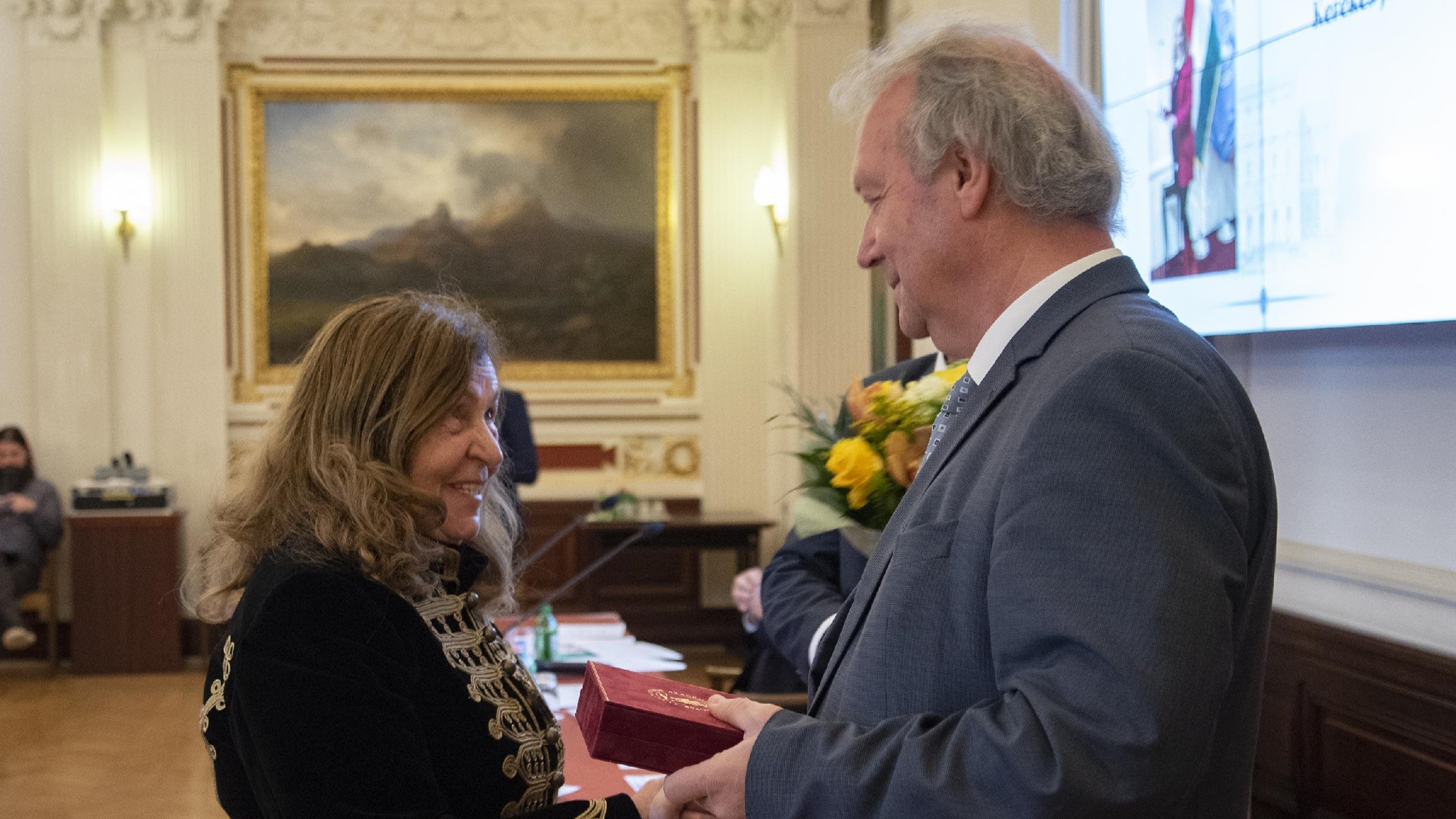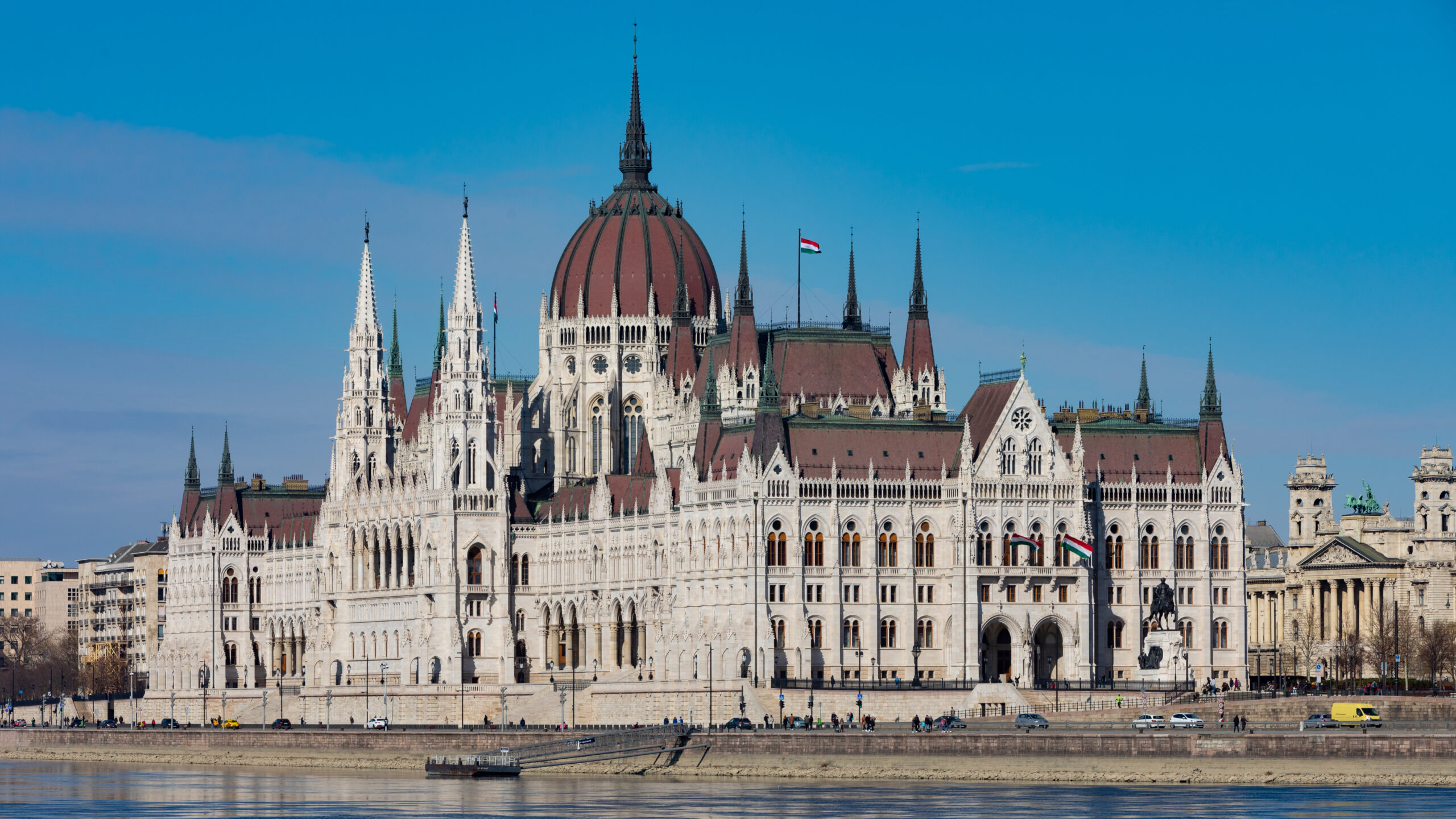
Hungary’s Role in The West — Heralding the New Normal
‘Hungary’s unique historical background and geographic location make it a harbinger of fresh geopolitical guidelines, political standards and new norms. The country’s pragmatism in international relationships and capacity to preserve its strategic autonomy while still engaging with world bodies provide important inspiration for countries negotiating the challenges of modern global politics.’

